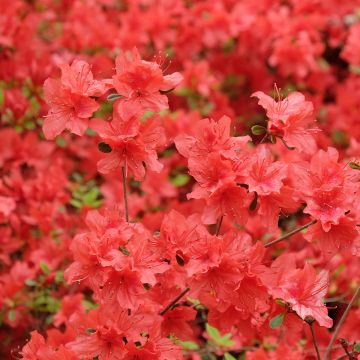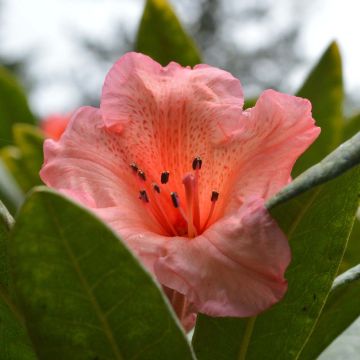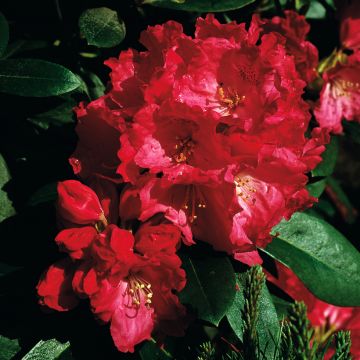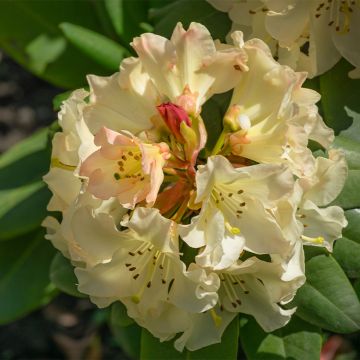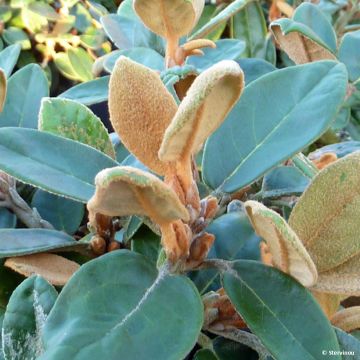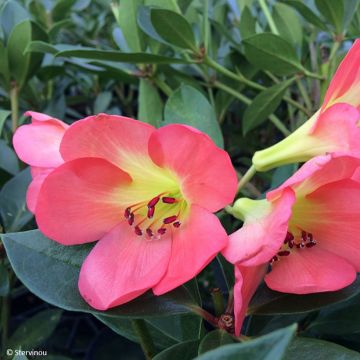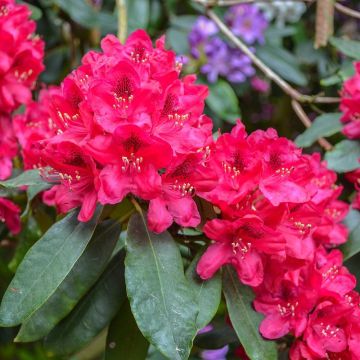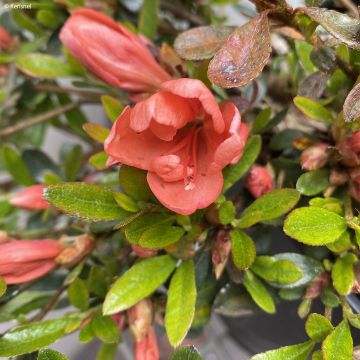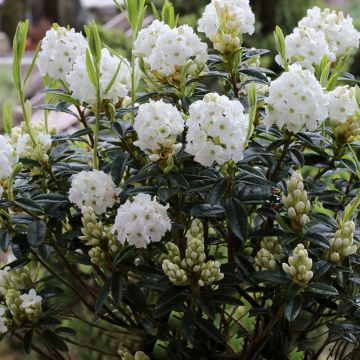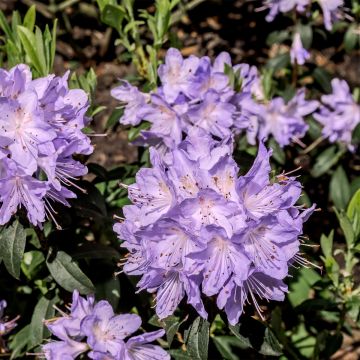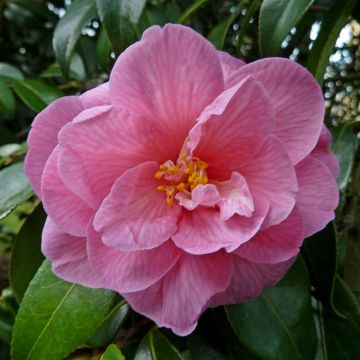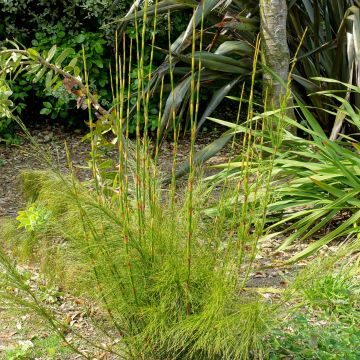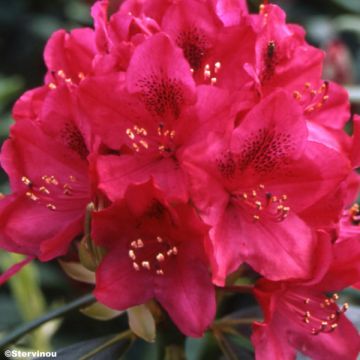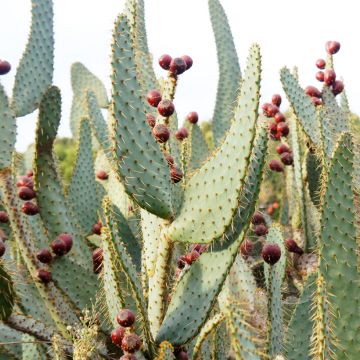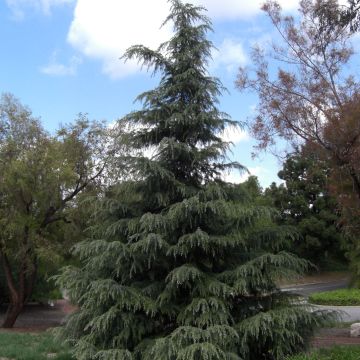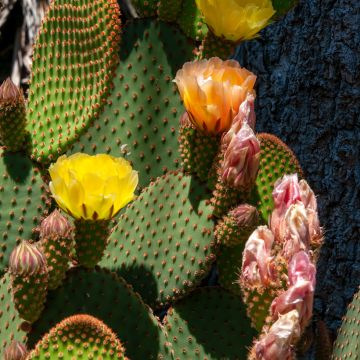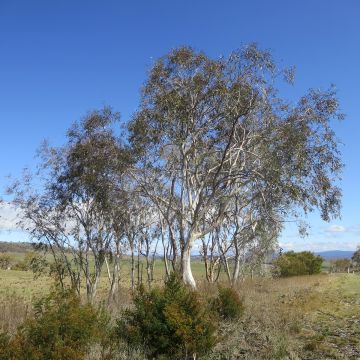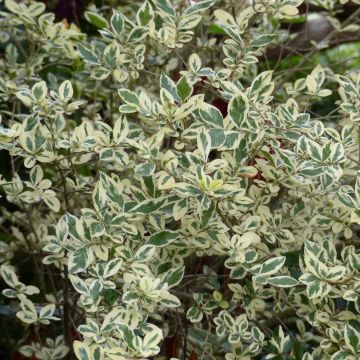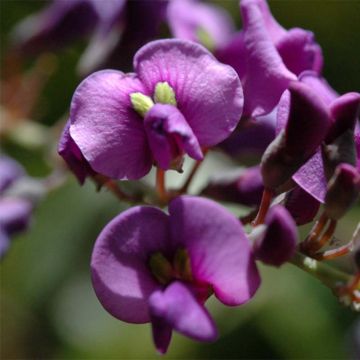Shipping country and language
Your country of residence may be:
Your country of residence is:
For a better user experience on our website, you can select:
Your shipping country:
-
Andorra
-
Austria
-
Belgium
-
Bulgaria
-
Canada
-
Chile
-
Croatia
-
Cyprus
-
Czechia
-
Denmark
-
Estonia
-
Finland
-
France
-
Germany
-
Greece
-
Hungary
-
Iceland
-
Ireland
-
Italy
-
Latvia
-
Lithuania
-
Luxembourg
-
Malta
-
Monaco
-
Netherlands
-
Poland
-
Portugal
-
Romania
-
Slovakia
-
Slovenia
-
Spain
-
Sweden
-
Switzerland
-
United Kingdom
We only deliver seed and bulb products to your country. If you add other products to your basket, they cannot be shipped.
Language:
-
French
-
German
-
Spanish
-
English
-
Italian
My Account
Hello
My wish lists
Log in / Register
Existing customer?
New customer?
Create an account to track your orders, access our customer service and, if you wish, make the most of our upcoming offers.
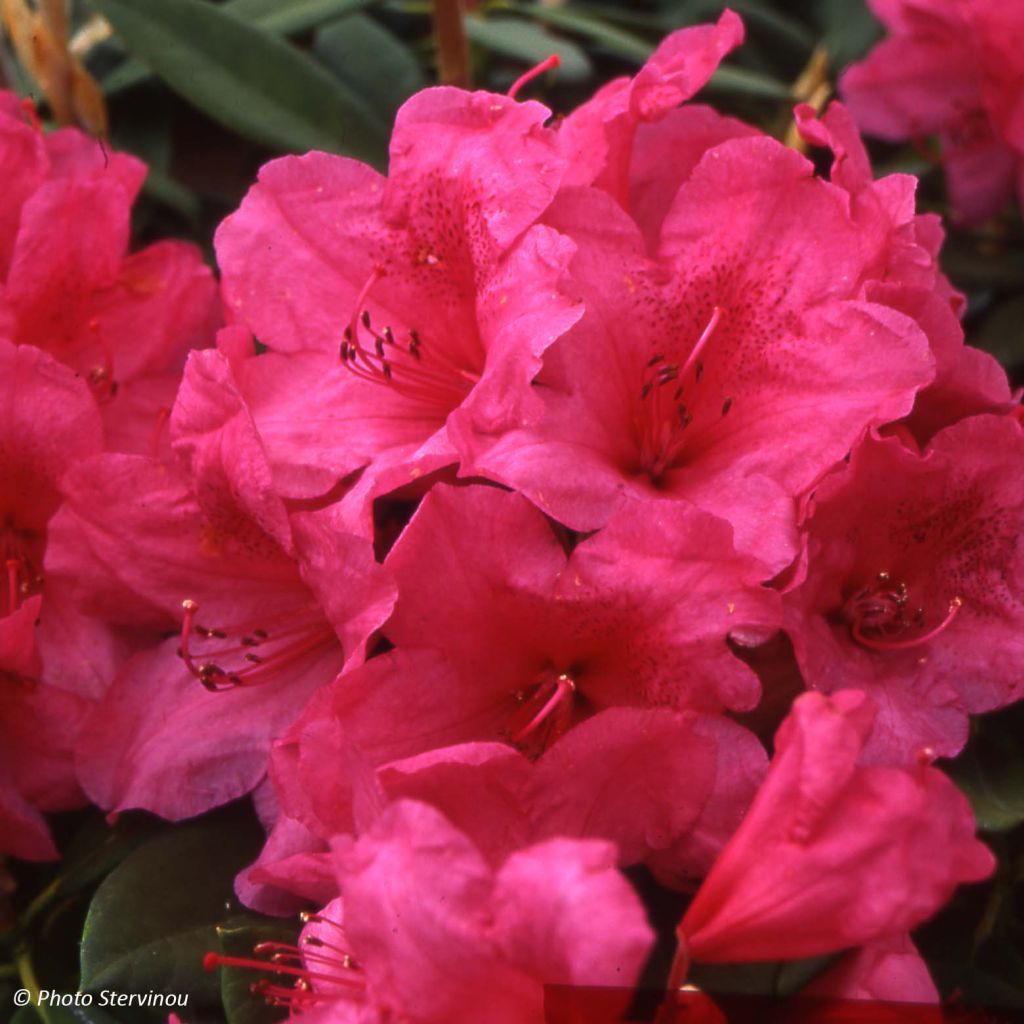

Rhododendron Anna Rose Whitney
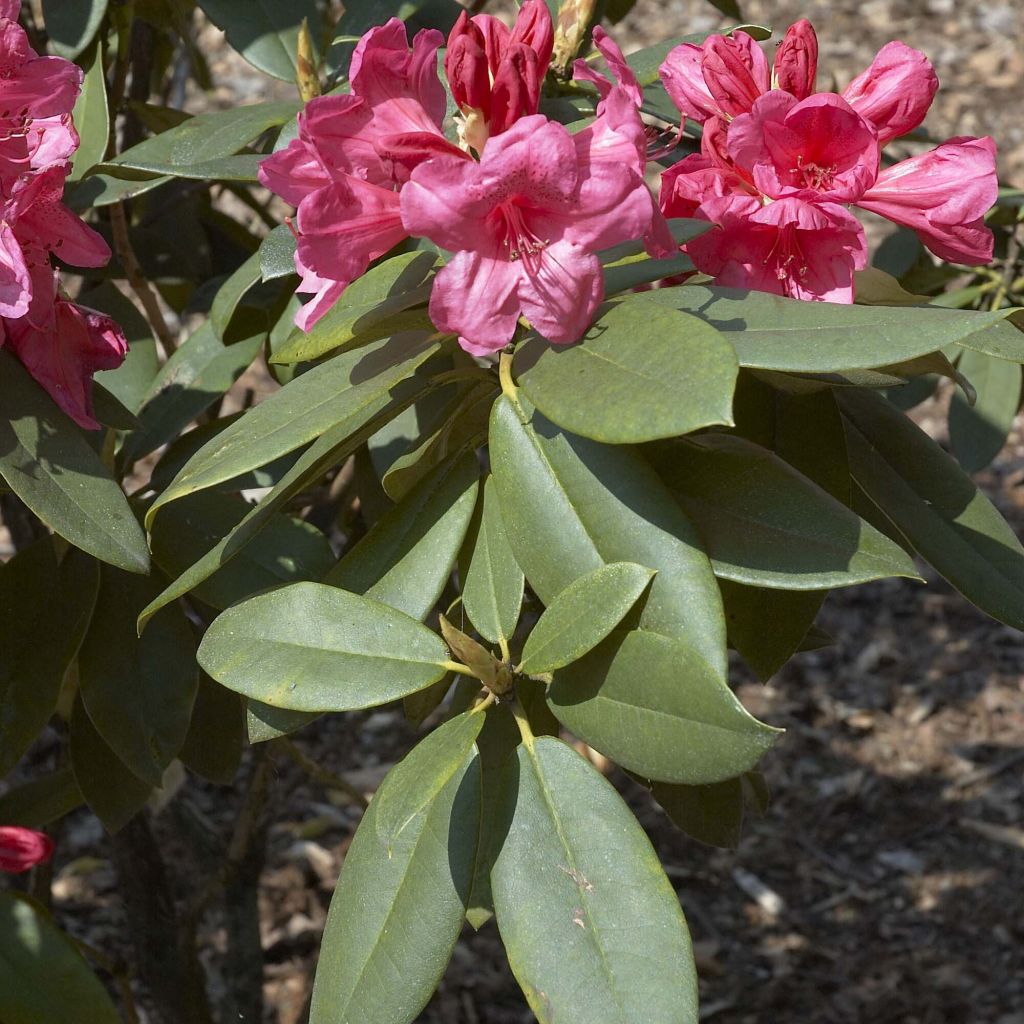

Rhododendron Anna Rose Whitney
Rhododendron Anna Rose Whitney
Rhododendron Anna Rose Whitney
Rhododendron
Two broken branches, that's the problem with DPD mistreating the parcels (half-open) and delivering them anywhere (it's up to you to find them)...
Patrick, 10/05/2023
Order in the next for dispatch today!
Dispatch by letter from €3.90.
Delivery charge from €5.90 Oversize package delivery charge from €6.90.
More information
This item is not available in your country.
Schedule delivery date,
and select date in basket
This plant carries a 24 months recovery warranty
More information
We guarantee the quality of our plants for a full growing cycle, and will replace at our expense any plant that fails to recover under normal climatic and planting conditions.
From €5.90 for pickup delivery and €6.90 for home delivery
Express home delivery from €8.90.

Does this plant fit my garden?
Set up your Plantfit profile →
Description
The Rhododendron 'Anna Rose Whitney' is a vigorous Rhododendron with rapid growth that offers a flowering as spectacular as it is radiant ! Adorned with dense foliage, this beautiful variety offers enormous bouquets of bright and intense pink flowers in spring, particularly luminous in semi-shade, but almost pretentious in full sun. Its assets of a harmonious habit, an evergreen and generous growth, and a spectacular flowering in May-June, will give it its full measure in light, cool, limestole-free soil, and in a humid climate. A classic among pink Rhododendrons.
Resulting from the cross-breeding between several species and varieties, the Rhododendron 'Anna Rose Whitney' is a North-American horticultural achievement dating from 1954. It is a plant from the Ericaceae family, almost exclusively suited to acidic soils. It is a hybrid variety with large flowers that are very hardy. With rapid growth for a 'rhodie', it forms a bush with an upright and ramified habit, dense, almost as wide as it is tall. By the age of 10, it will reach 2 m (7 ft) in height for 1.30m (3ft) to 1.50m (5ft) in spread. Its branches carry persistent thick, ovate to elliptical, dark olive green leaves with a matt finish, velvety and lighter on the underside. Its growth is harmonious and its foliage elegant, so it has a real presence in the garden all year round. However, it is in May-June that it stands out thanks to its remarkably generous bright pink flowering with carmine at the heart. Shaped like large campanulate bells of 10 cm (3.9 in) in diameter, the blooms are grouped by 12 to 21 in enormous conical clusters at the end of the many stems.
'Anna Rose Whitney', of good size, has enough presence to feature in a large bed of bushes or in a hedge. You can also try growing it in a large pot on the terrace or balcony, where its dimensions will remain more modest. Its cultivation is not difficult, provided that it benefits from suitable soil and climate; rhododendrons are plants as attractive as they are exclusive! The flowering of a somewhat "kitsch" pink in full sun reveals an extraordinary brightness in the shade, it will be necessary to take this into account when choosing its location. It goes well with the white blooms of other varieties such as Rhododendron Boddaertianum and the pastel tones of Hydrangeas (the choice is vast, from white to pink, through blue). Other peat soil-loving plants like Skimmia, Pieris, Fothergilla, anemone trees, heathers and Japanese maples are good companions for Rhododendrons.
Report an error about the product description
Rhododendron Anna Rose Whitney in pictures
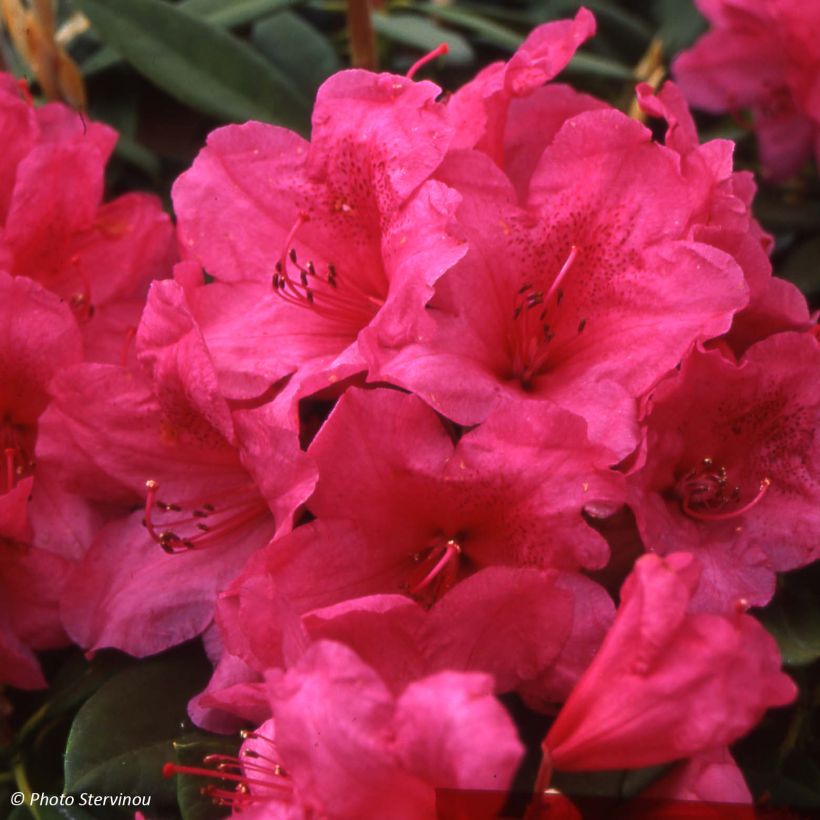

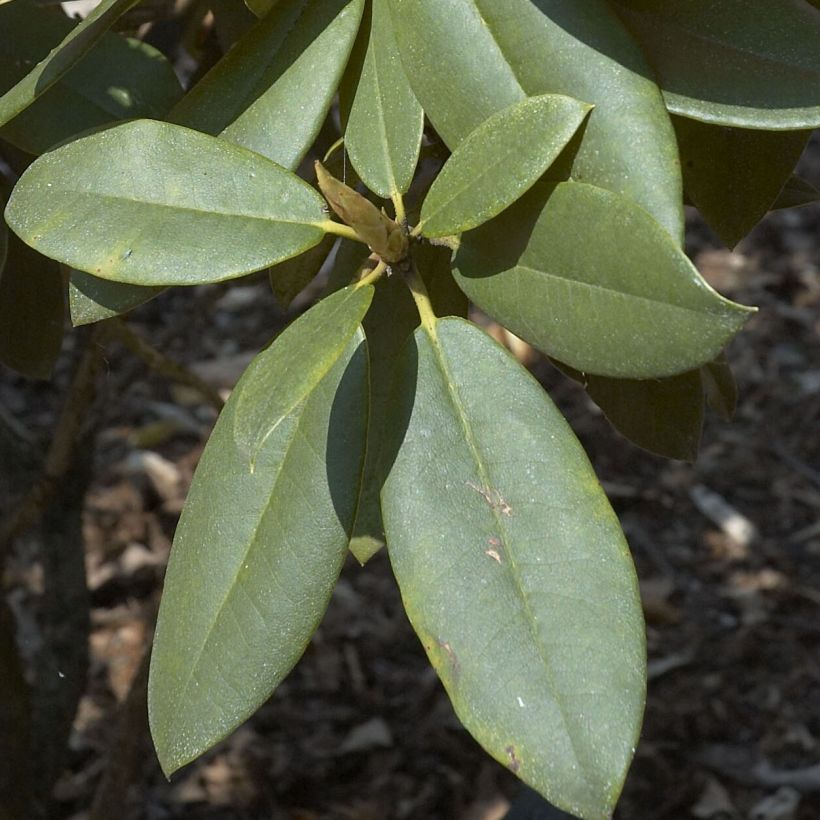

Plant habit
Flowering
Foliage
Botanical data
Rhododendron
Anna Rose Whitney
Ericaceae
Rhododendron
Cultivar or hybrid
Other Small Rhododendron
Planting and care
Plant the Rhododendron 'Anna Rose Whitney' in any exposure, it can handle both shade and sun. It however prefers a semi-shade exposure, away from burning rays, protected from cold and drying winds. Plant it in a cool, humus-rich and light soil with an acidic tendency. Like all heathland plants, it cannot tolerate chalky or heavy, waterlogged soil in winter. The cultivation of rhododendrons proves disappointing on chalky subsoil in the long term, even when providing a peat soil pit for them, which is often accompanied by watering with equally chalky water, to be avoided.
Dig a hole with a volume three times larger than the pot. Soak the root ball in (non-chalky) water and plant the bush at the level of the base, in a mixture composed of 1/4 turf, leaf compost, gravel or pozzolan and good soil. Water generously and keep the soil cool in summer with mulch. Azaleas and Rhododendrons have a shallow root system. As a result, they are averse to long periods of drought as they are of waterlogged, poorly aerated soils. This is why humus-rich soil and abundant watering during dry periods are recommended. Moreover, this root system is not very strong, which is why it is essential to lighten heavy soil with permeable materials (gravel, pozzolan, clay balls) at planting.
Arrange a mulch of crushed pine bark at the foot of the bush every spring to keep the soil cool while maintaining an acidic pH. Maintenance is reduced to dead-heading in summer and removing any dead branches.
Azaleas and Rhododendrons can sometimes be attacked by vine weevils that eat the edges of the leaves and the rootlets as well as by the famous 'rhododendron weevil', which does not often cause significant damage. You can, however, treat with carbofuran. The yellowing of the leaves (chlorosis) in the Rhododendron indicates a poor assimilation of iron from the soil and causes the premature death of the plant. If the chalk that rises from the deep layers of the soil is often the cause, a poorly drained soil or a root ball planted too deeply can also explain this phenomenon.
Planting period
Intended location
Care
-
, onOrder confirmed
Reply from on Promesse de fleurs
Evergreen shrubs
Haven't found what you were looking for?
Hardiness is the lowest winter temperature a plant can endure without suffering serious damage or even dying. However, hardiness is affected by location (a sheltered area, such as a patio), protection (winter cover) and soil type (hardiness is improved by well-drained soil).

Photo Sharing Terms & Conditions
In order to encourage gardeners to interact and share their experiences, Promesse de fleurs offers various media enabling content to be uploaded onto its Site - in particular via the ‘Photo sharing’ module.
The User agrees to refrain from:
- Posting any content that is illegal, prejudicial, insulting, racist, inciteful to hatred, revisionist, contrary to public decency, that infringes on privacy or on the privacy rights of third parties, in particular the publicity rights of persons and goods, intellectual property rights, or the right to privacy.
- Submitting content on behalf of a third party;
- Impersonate the identity of a third party and/or publish any personal information about a third party;
In general, the User undertakes to refrain from any unethical behaviour.
All Content (in particular text, comments, files, images, photos, videos, creative works, etc.), which may be subject to property or intellectual property rights, image or other private rights, shall remain the property of the User, subject to the limited rights granted by the terms of the licence granted by Promesse de fleurs as stated below. Users are at liberty to publish or not to publish such Content on the Site, notably via the ‘Photo Sharing’ facility, and accept that this Content shall be made public and freely accessible, notably on the Internet.
Users further acknowledge, undertake to have ,and guarantee that they hold all necessary rights and permissions to publish such material on the Site, in particular with regard to the legislation in force pertaining to any privacy, property, intellectual property, image, or contractual rights, or rights of any other nature. By publishing such Content on the Site, Users acknowledge accepting full liability as publishers of the Content within the meaning of the law, and grant Promesse de fleurs, free of charge, an inclusive, worldwide licence for the said Content for the entire duration of its publication, including all reproduction, representation, up/downloading, displaying, performing, transmission, and storage rights.
Users also grant permission for their name to be linked to the Content and accept that this link may not always be made available.
By engaging in posting material, Users consent to their Content becoming automatically accessible on the Internet, in particular on other sites and/or blogs and/or web pages of the Promesse de fleurs site, including in particular social pages and the Promesse de fleurs catalogue.
Users may secure the removal of entrusted content free of charge by issuing a simple request via our contact form.
The flowering period indicated on our website applies to countries and regions located in USDA zone 8 (France, the United Kingdom, Ireland, the Netherlands, etc.)
It will vary according to where you live:
- In zones 9 to 10 (Italy, Spain, Greece, etc.), flowering will occur about 2 to 4 weeks earlier.
- In zones 6 to 7 (Germany, Poland, Slovenia, and lower mountainous regions), flowering will be delayed by 2 to 3 weeks.
- In zone 5 (Central Europe, Scandinavia), blooming will be delayed by 3 to 5 weeks.
In temperate climates, pruning of spring-flowering shrubs (forsythia, spireas, etc.) should be done just after flowering.
Pruning of summer-flowering shrubs (Indian Lilac, Perovskia, etc.) can be done in winter or spring.
In cold regions as well as with frost-sensitive plants, avoid pruning too early when severe frosts may still occur.
The planting period indicated on our website applies to countries and regions located in USDA zone 8 (France, United Kingdom, Ireland, Netherlands).
It will vary according to where you live:
- In Mediterranean zones (Marseille, Madrid, Milan, etc.), autumn and winter are the best planting periods.
- In continental zones (Strasbourg, Munich, Vienna, etc.), delay planting by 2 to 3 weeks in spring and bring it forward by 2 to 4 weeks in autumn.
- In mountainous regions (the Alps, Pyrenees, Carpathians, etc.), it is best to plant in late spring (May-June) or late summer (August-September).
The harvesting period indicated on our website applies to countries and regions in USDA zone 8 (France, England, Ireland, the Netherlands).
In colder areas (Scandinavia, Poland, Austria...) fruit and vegetable harvests are likely to be delayed by 3-4 weeks.
In warmer areas (Italy, Spain, Greece, etc.), harvesting will probably take place earlier, depending on weather conditions.
The sowing periods indicated on our website apply to countries and regions within USDA Zone 8 (France, UK, Ireland, Netherlands).
In colder areas (Scandinavia, Poland, Austria...), delay any outdoor sowing by 3-4 weeks, or sow under glass.
In warmer climes (Italy, Spain, Greece, etc.), bring outdoor sowing forward by a few weeks.
